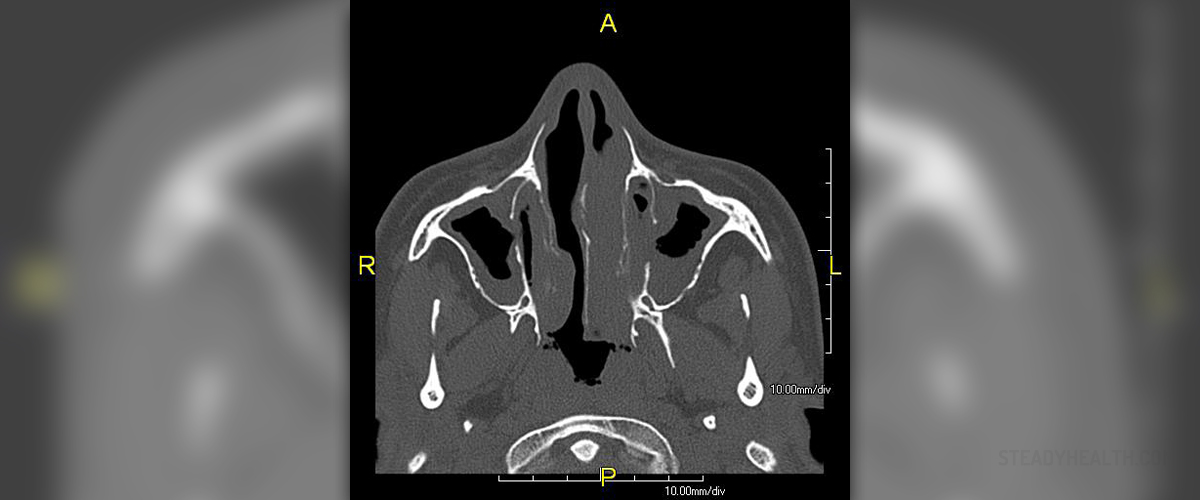
Tardive Dyskinesia Overview
Tardive dyskinesia is one of the muscular side effects of certain medications. It features with involuntary and repetitive body movements. Tardive dyskinesia most commonly occurs after prolonged usage of antipsychotic medications. Haloperidol is only one of the medications that can cause this condition. The patient develops tardive dyskinesia after months or years of taking medications. This disorder predominantly affects tongue, lips or jaw. The consequence is facial grimacing. Apart from face tardive dyskinesia can additionally affect upper and lower extremities, fingers, and/or toes. These involuntary movements withdraw during sleep.Cause of Tardive Dyskinesia
Long-term usage of antipsychotic medications is the actual cause of tardive dyskinesia. There is no definitive pattern when the disorder will occur. Some patients develop dyskinesia sooner while others have to face with this bothersome condition after longer period of time.
The risk factors of the disorder include the length of exposure to antipsychotics, elderly people, postmenopausal women, alcohol and drug abuse, mental retardation and numerous extrapyramidal symptoms which occur in the beginning of the medicamentous therapy.
The mechanism of this disorder has not been explained yet and this is what causes problems with therapy. Still some believe that prolonged blockage of D2 receptors consequently results in increase in number of these receptors in striated region of the brain. These receptors can be responsible for involuntary muscle movements in tardive dyskinesia.
Symptoms of Tardive Dyskinesia
As it has already been mentioned the disorder features with random muscular movements which can affect every part of the body. In rather rare cases even the muscles in charge with respiration can be affected and in this can reflect in difficulties with breathing. If muscle of the legs are affected the movements can cause difficulties with walking.
The doctor must rule out other possible medical conditions before he/she definitely confirms the diagnosis. Some of the neurodegenerative diseases can resemble tardive dyskinesia and even elderly people can sometimes have facial or mouth movements which can be interpreted as tardive dyskinesia. In all these examples if antipsychotic medications have not been taken tardive dyskinesia can be easily ruled out. Treatment for Tardive Dyskinesia
The doctors have tried numerous medications to treat this disorder. Closapine may be helpful after it is administered for at least 6 months. This medication belongs to a group of atypical antipsychotics. Even other members of this group have been used in treatment of tardive dyskinesia. It is easier to prevent tardive dyskinesia that to treat it. It can be done if patients who are psychotic receive atypical antipsychotic.


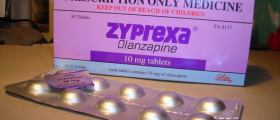

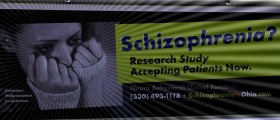
-When-You-Have-Parkinson's-Disease_f_280x120.jpg)


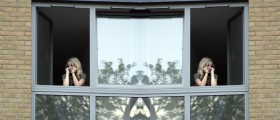
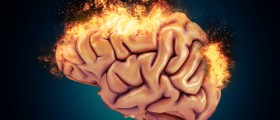

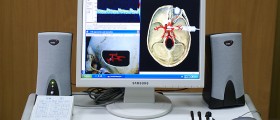
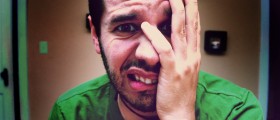

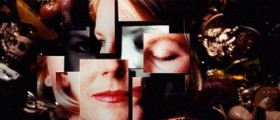

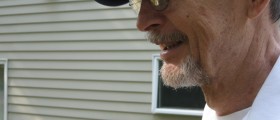
Your thoughts on this
Loading...